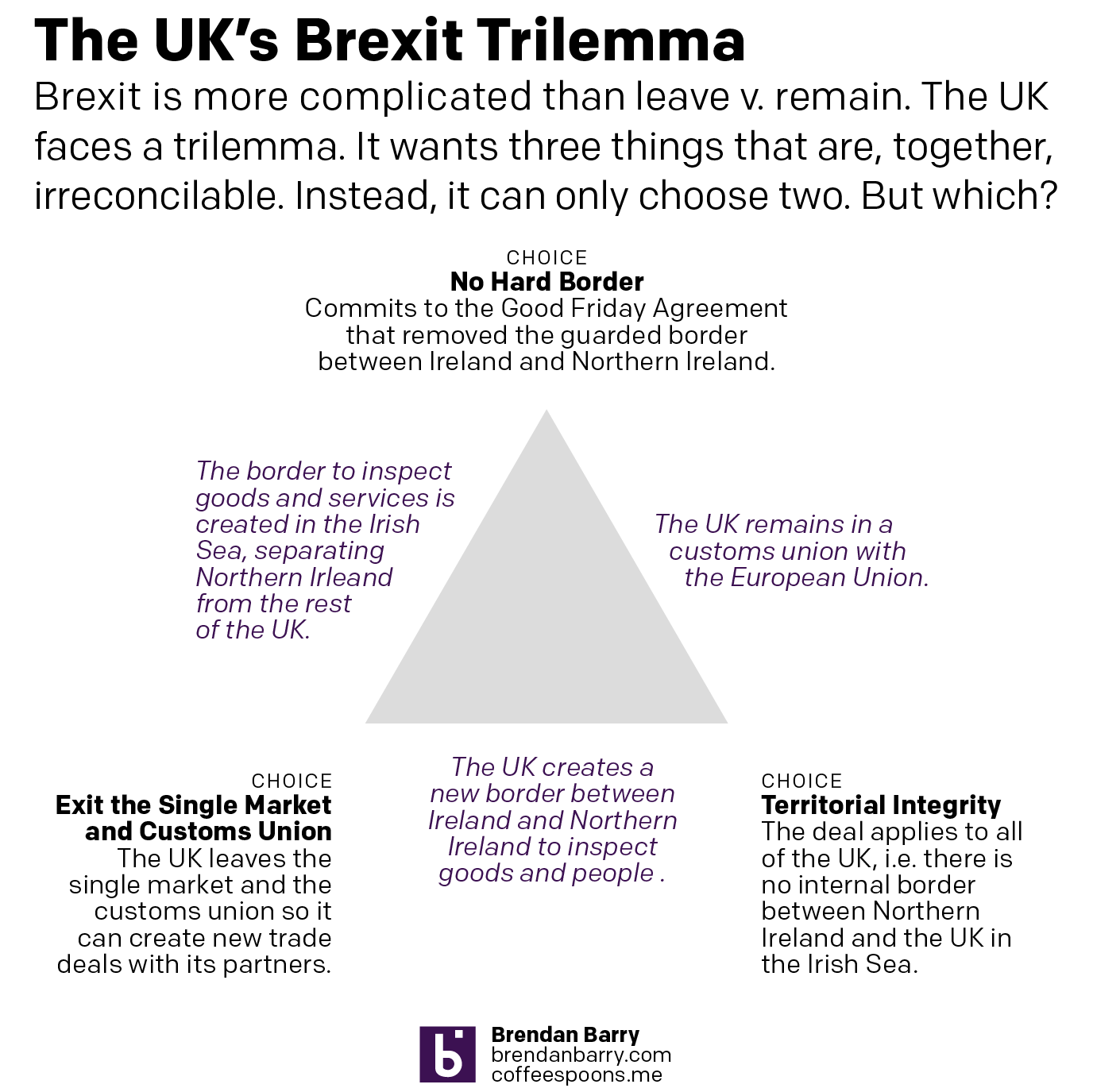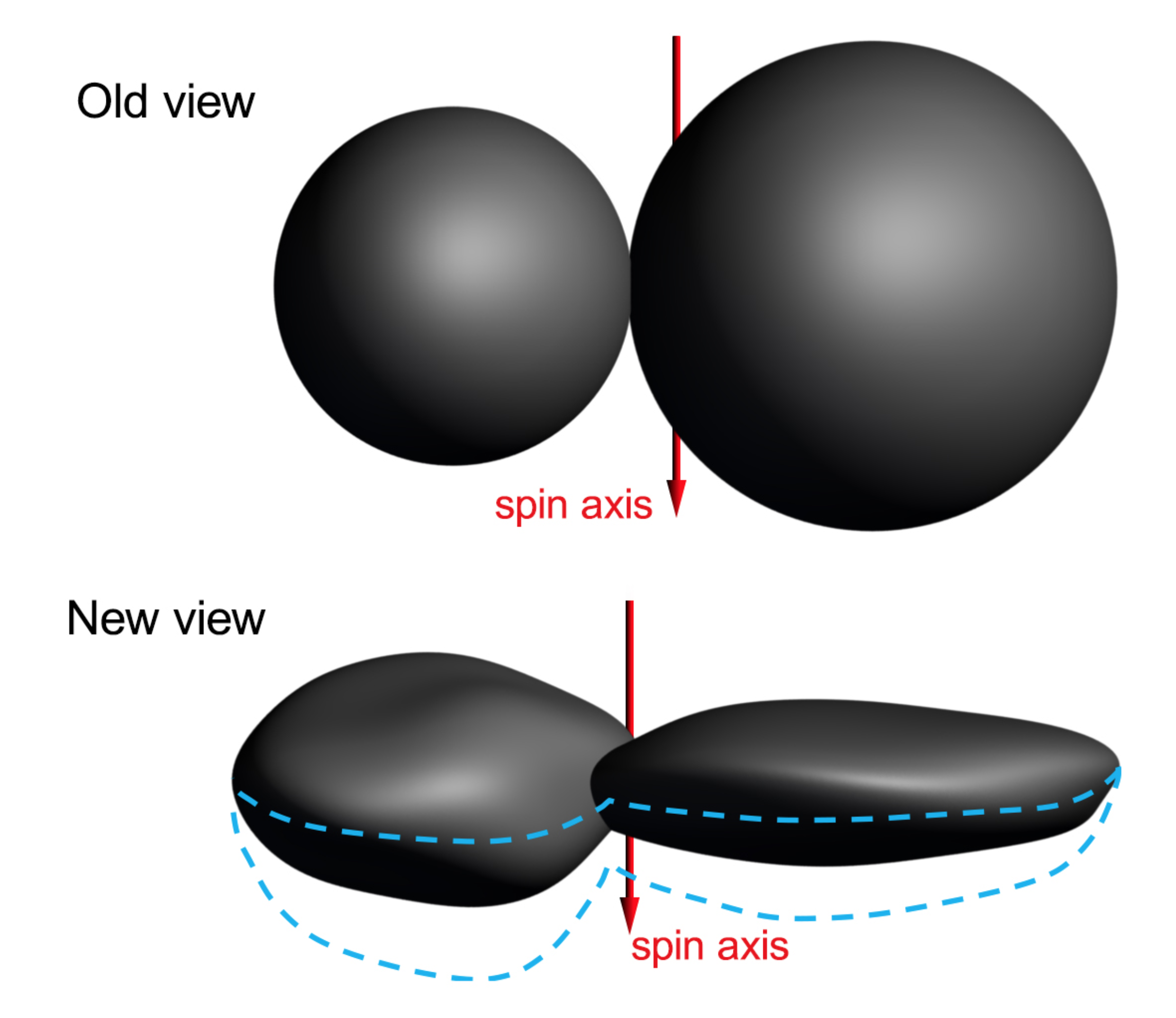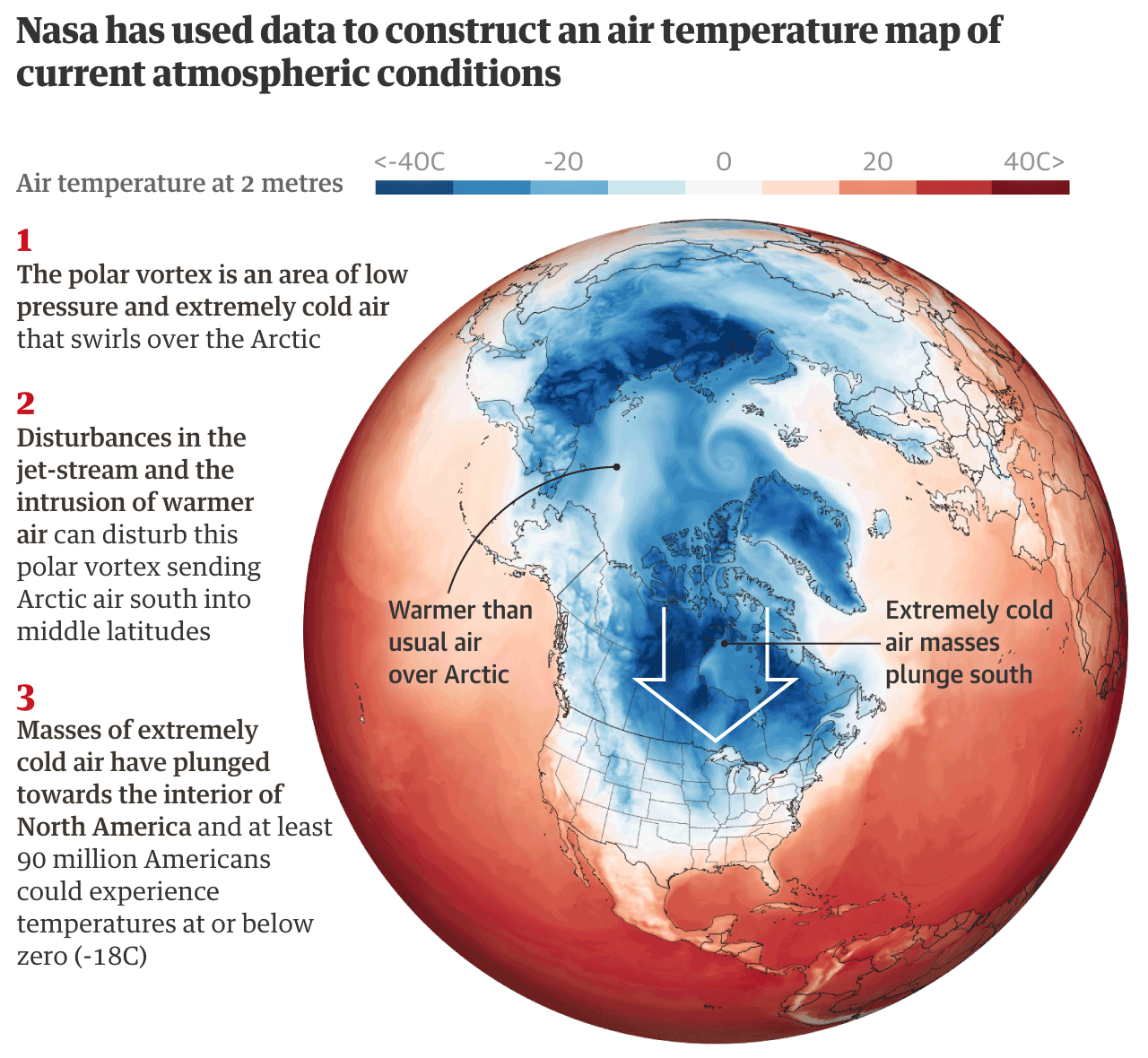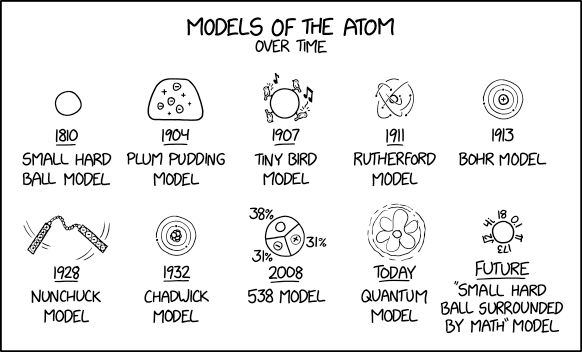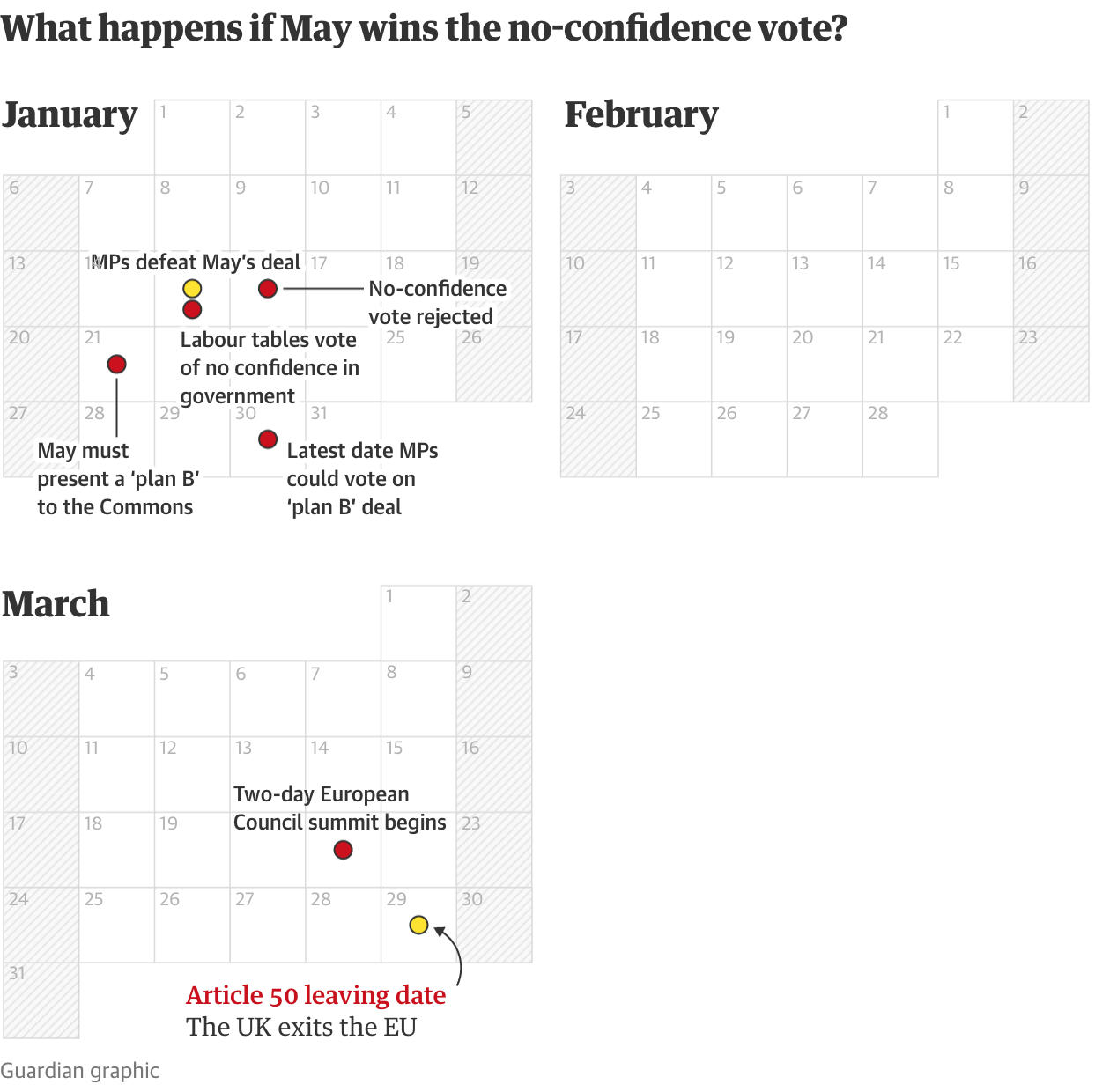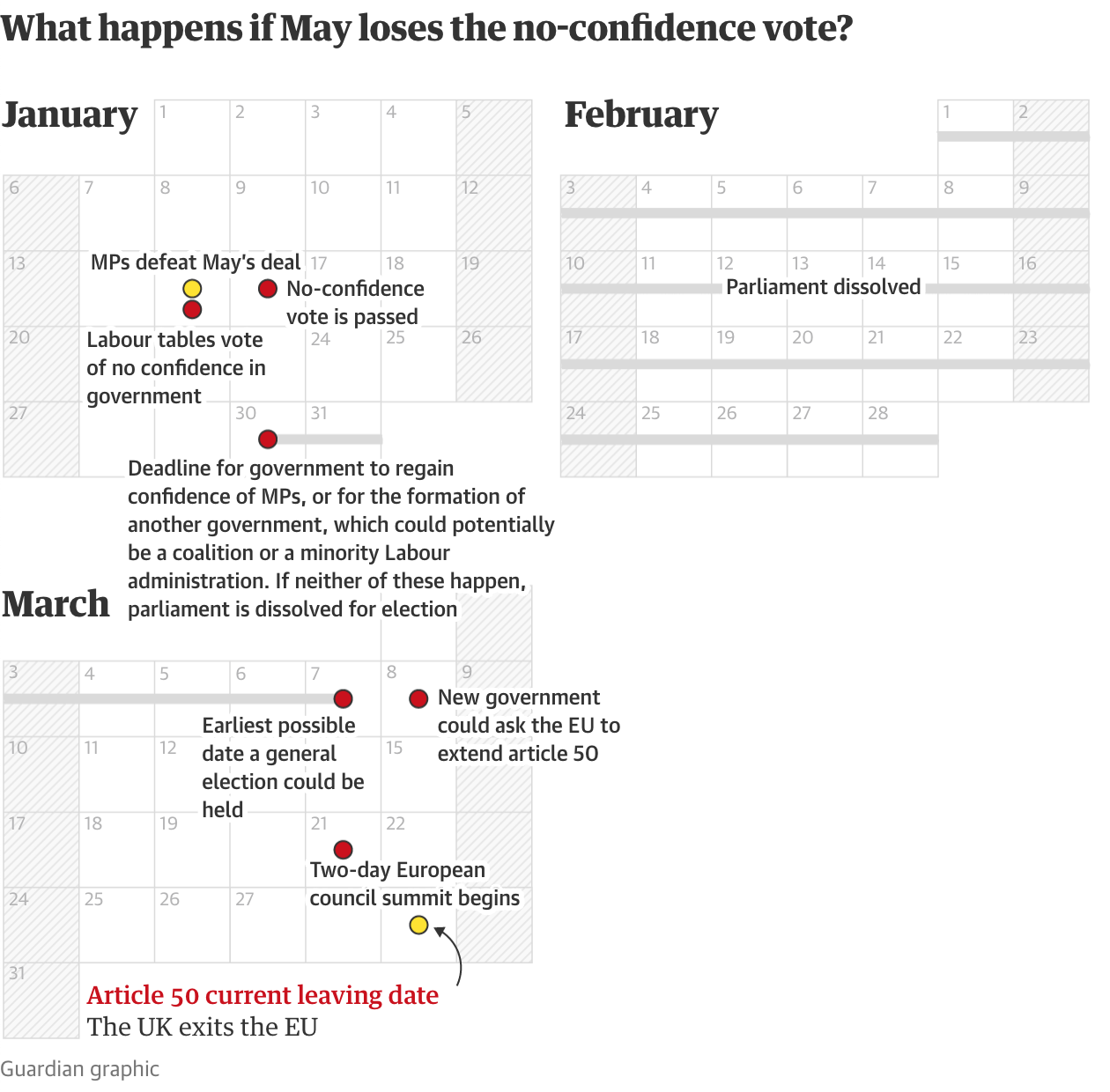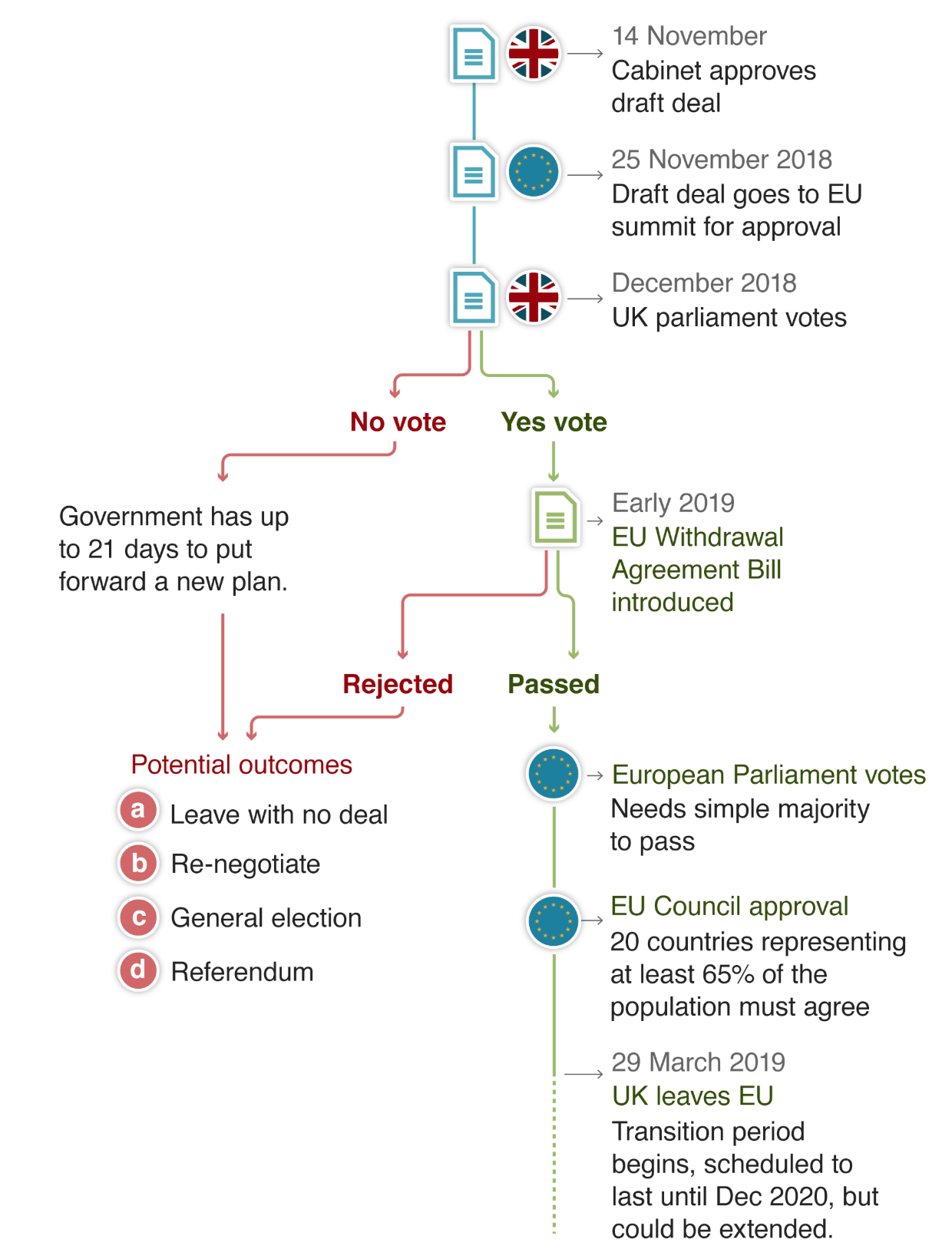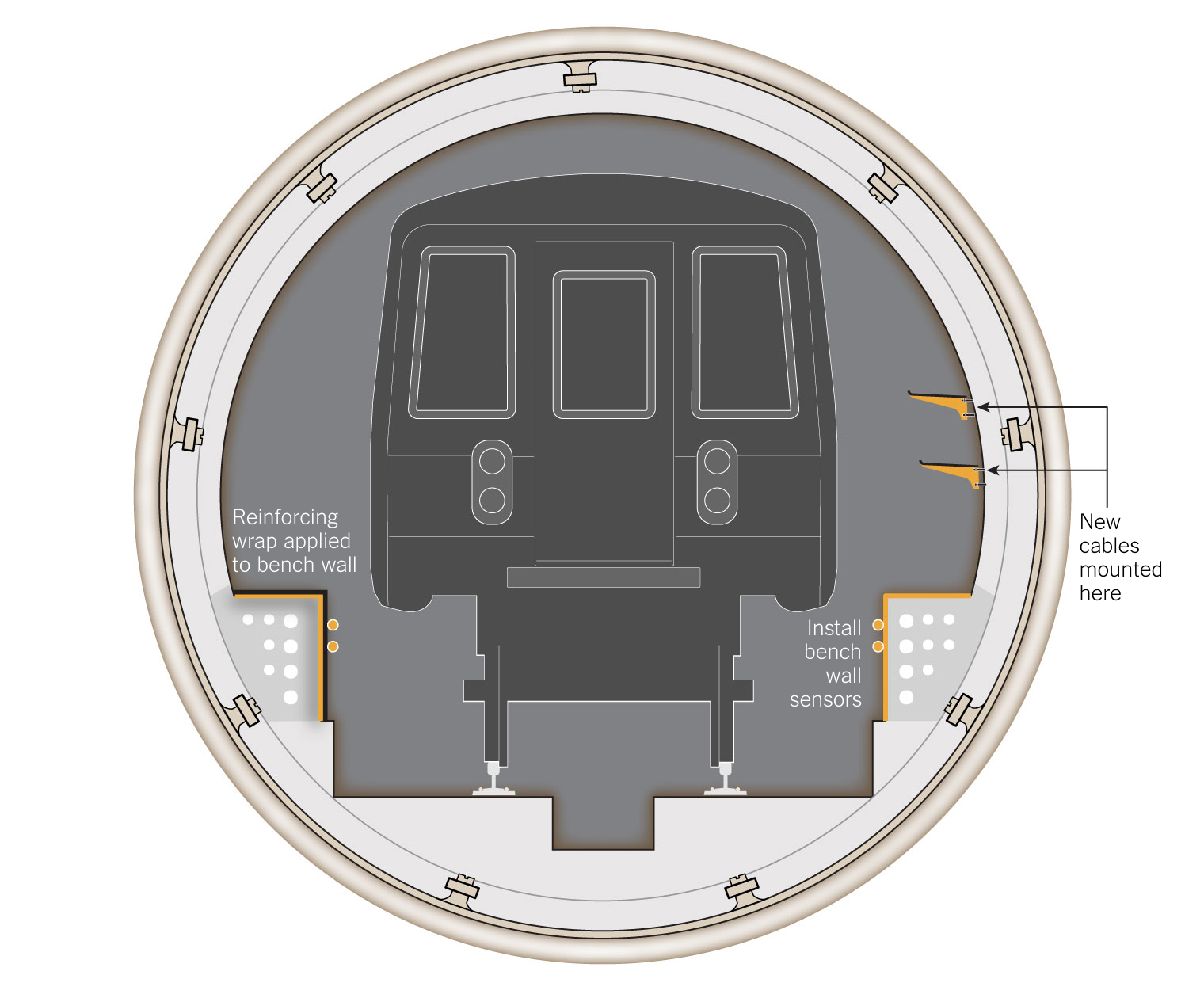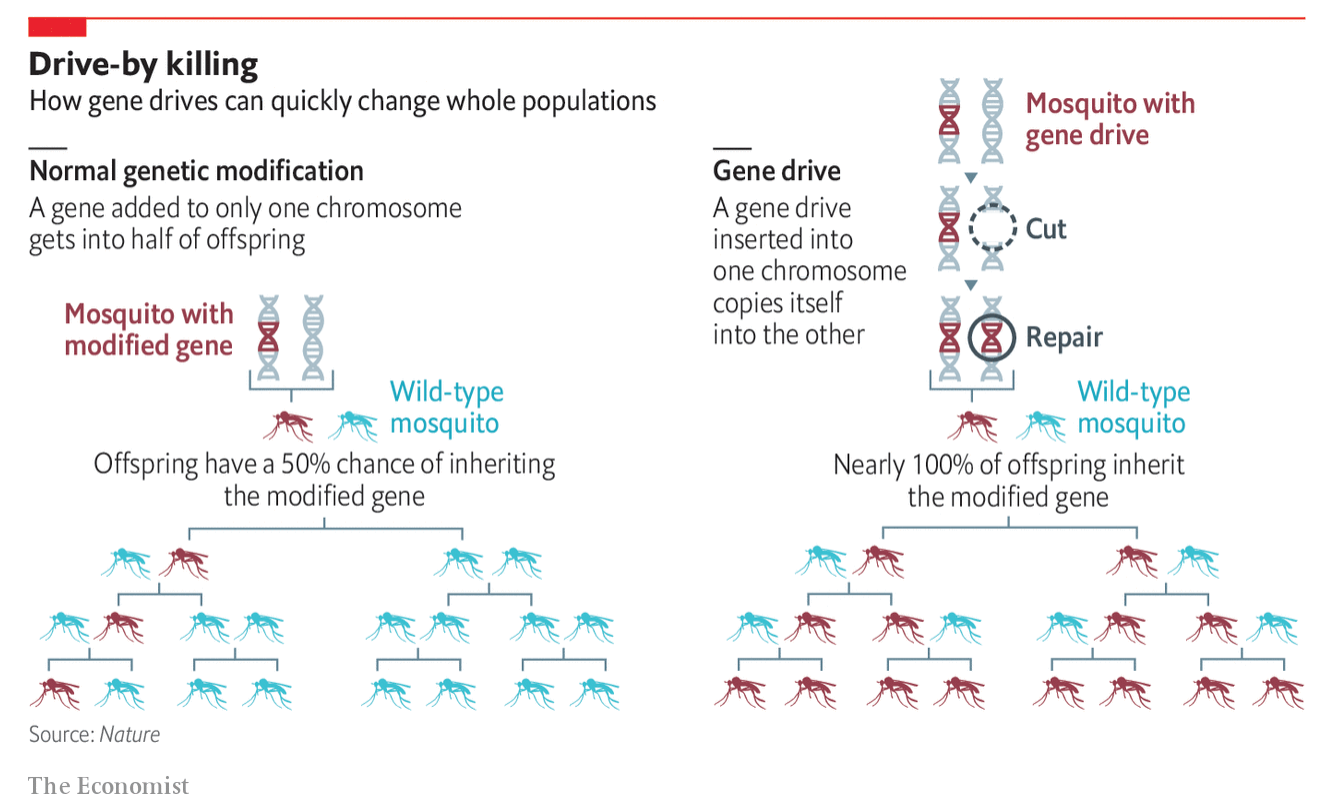This was not what I was going to write about today, but the news of the fire that ravaged Notre Dame yesterday rightly dominated the news yesterday and this morning. However, while I found multiple articles dealing with photographic evidence of the damage, I did not see many that detailed the fire from an illustrative or diagrammatic standpoint.
Thankfully, the New York Times did just that. They posted an article that deals specifically with the fire. It includes this set of small multiples that shows the progression along the roof and spire.
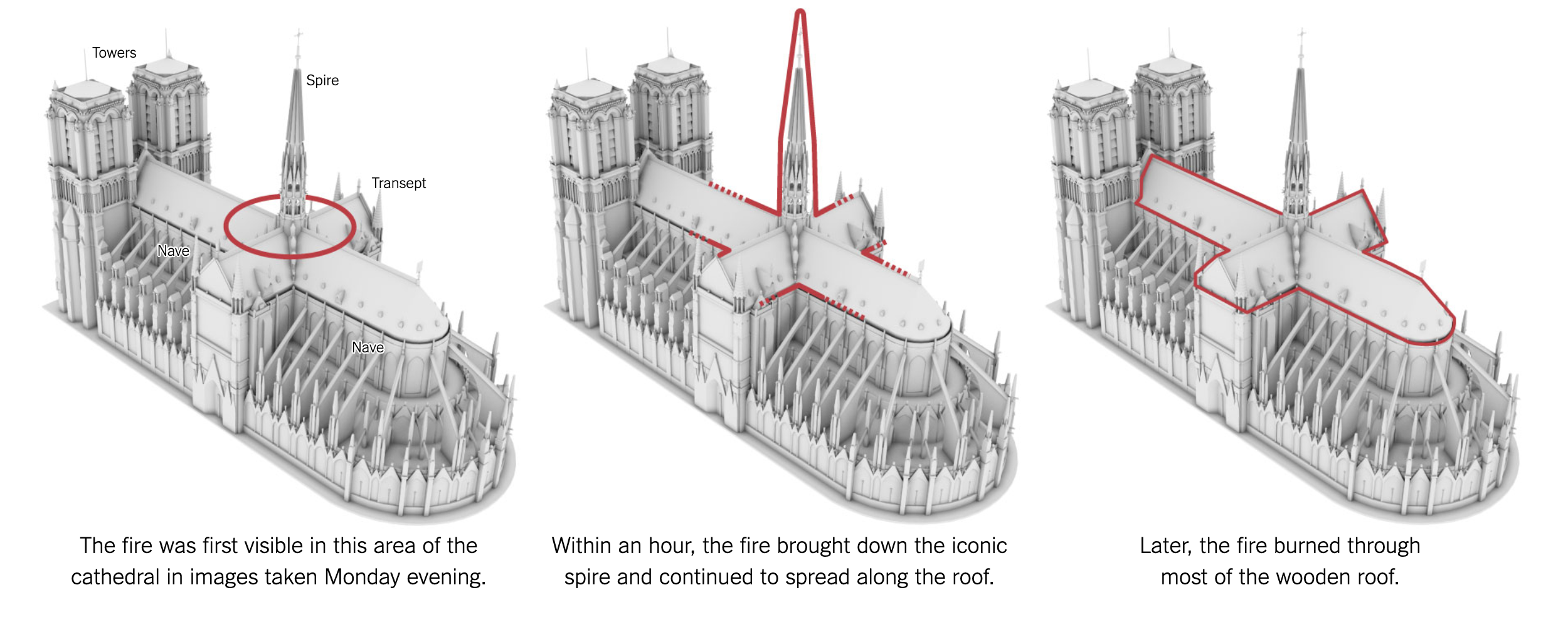
The article also includes a nice diagram explaining how the fire was focused on the cathedral’s attic. That explains some of the imagery from this morning that shows combustible materials like the pews and pulpit on the stone floor fully intact. And that provides hope the overall building can be saved, as French officials are indicating today.
Credit for the piece goes to Larry Buchanan, Weiyi Cai, James Glanz, Evan Grothjan, Allison Mccann, Yuliya Parshina-Kottas, Karthik Patanjali, Jugal K. Patel, Scott Reinhard, Bedel Saget, Anjali Singhvi, and Jeremy White.

